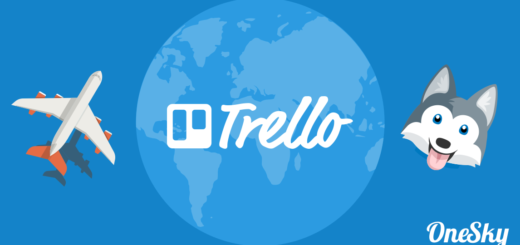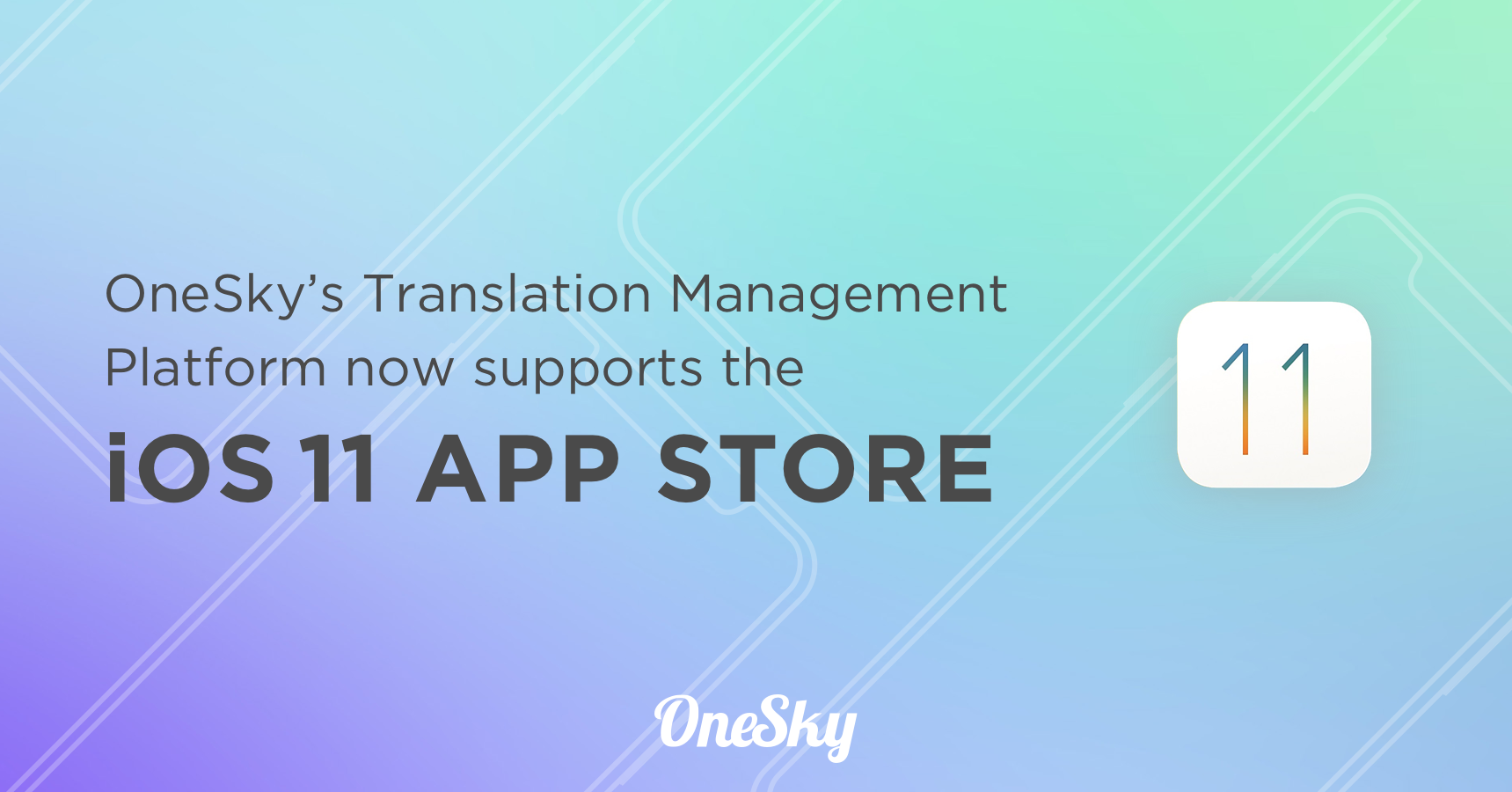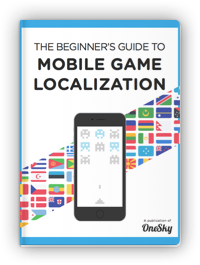Globalization Strategies: Top 5 Approaches Using Advanced Translation Tools
Are You Leaving Billions of Dollars on the Table? See how to Capture Billions in Untapped Revenue w/ Smart Globalization Strategies.
Globalization isn’t just about growth for growth’s sake; it’s about unlocking vast untapped markets and maximizing your revenue opportunities worldwide. Effective globalization strategies can lead to significant revenue growth for companies, but the key is to do it right. How can you ensure your globalization efforts are effective and not just another missed opportunity?
In this blog, we’ll cover 5 key globalization strategies companies can use to increase their market share and maximize their revenue potential using advanced translation tools. No more leaving money on the table – these 5 strategies will empower you to reach your full potential in the global marketplace.
1. Implement AI-Human Hybrid Translation Systems:
Combining the efficiency of AI with the nuanced expertise of human translators is a game-changer. This hybrid approach ensures every translation is not only accurate, but culturally relevant, catering to the diverse nuances of your global audience.
In simple terms, here’s how AI-human hybrid systems work:
- Initial translation by AI: The AI performs an initial translation. AI can handle large volumes of text, making it ideal for projects with tight deadlines or extensive localization needs.
- Human review and editing: After the AI completes its initial translation, human translators step into review and refine the text. This step involves correcting inaccuracies, ensuring cultural relevance, and enhancing every aspect of the content.
- Continuous improvement: Over time, the AI component learns from the corrections and adjustments made by human translators, continuously improving its performance.
By using globalization strategies like AI-human hybrid translation systems, the benefits are numerous. They include revenue growth via new markets, reduced translation costs, and maintaining the highest-quality standards.
2. Utilize Agile Localization Workflows
Adopting agile methodologies isn’t just for software development — it’s a powerful tool for localization. Agile localization workflows streamline your process, allowing your team to quickly adapt to market needs.
Benefits of agile localization include:
- Faster producer releases and reduced time-to-market
- Higher global satisfaction with new updates and features
- Improved ability to respond to market feedback and preferences
By implementing agile localization as part of your globalization strategies, tech companies can stay nimble in the face of rapid change, ensuring their products stay relevant and competitive worldwide.
3. Develop a Localization-First Approach
Building localization into the early stages of product development guarantees your products are global-ready from day one. This “localization-first” approach means considering the linguistic, cultural, and regulatory nuances of each target market during the design and development phase.
What are the key steps to a “localization first” approach?
- Market research and analysis: Begin with comprehensive market research to understand the linguistic, cultural, and regulatory landscapes of your target markets. This includes language preferences, cultural sensitivities, and regulatory requirements.
- Incorporate localization into product design: Once you have a thorough understanding of your target markets, integrate localization into your product design. Ensure your product’s user interface (UI) is flexible enough to accommodate different languages and text expansions.
For instance, some languages like German tend to have longer words, while others, like Chinese, use characters that occupy less space.
- Integrate localization into the development workflow: Setup automated workflows for translating and localizing content as part of your development pipeline. Invest in a localization management platform (LMP) that makes it easier to translate assets, track progress, and ensure consistency across different markets.
Recent surveys illustrate that companies with a proactive localization strategy were 1.5x more likely to increase their revenue than those that localized reactively. By embedding globalization strategies into your development process, you can deliver products tailored to diverse markets and keep your competitive edge.
4. Centralize Translation Management
A centralized translation management system (TMS) is essential for maintaining brand integrity and ensuring consistent communication across all markets. With a TMS, you can manage all translation projects, assets, and workflows which streamlines the localization process and enhances collaboration among global teams.
A centralized system also enables scalable growth without sacrificing quality. As your company expands into new markets, a TMS allows you to manage an increasing volume of translation work effectively.
Gartner research indicates that companies with centralized globalization strategies see a 23% improvement in translation quality and a 19% increase in productivity.
So, how do you choose the best translation management system (TMS)?
- Define your requirements and goals: Assess the volume of content you need translated, your supported languages, and integration needs.
- Evaluate features and capabilities: Look at different tools to understand their automation and workflow management, ensure their translation memory (TM) and terminology management, and scalability.
- Consider user experience and support: Is the tool easy to use? Does it encourage productivity for all users, including project managers and translators? Does the TMS adhere to industry standards for data security and privacy?
Through the careful selection of these 3 questions, you’ll be able to select a translation management system (TMS) that aligns with your organization’s needs.
5. Invest in Quality Assurance for Localization Content
Quality assurance goes beyond checking for grammatical errors or spelling mistakes. Instead, quality assurance ensures your translated content meets guidelines of cultural relevance, accuracy and precision, and compliance to local laws and regulations.
Moreover, quality assurance helps you avoid costly errors that could damage your reputation or sales. Nothing is worse than going viral for doing something culturally offensive or irrelevant.
For example, in 2018, Dolce & Gabbana faced backlash in China after releasing an advertisement showing a young model struggling to eat Italian food with chopsticks. Many found the ad campaign offensive and culturally insensitive. Moreover, the incident underscored the importance of cultural sensitivity in global marketing campaigns and its impact on a company’s revenue. While D&G’s global market doubled in size that year, its Asian-Pacific Market saw a 3% decline. This raises the question: if the company had invested in comprehensive quality assurance, could this issue have been avoided?
In sum, high-quality localized content increases the likelihood of success in new markets and builds trust with customers. Think of quality assurance as the backbone of your globalization strategies, ensuring a long-term investment in your brand’s reputation and customer loyalty.
By implementing these 5 globalization strategies, companies can unlock significant revenue in global markets. Each of the 5 strategies plays a critical role in globalization, ensuring success and scalability.
Want to Elevate Your Global Strategy with Superior Translations?
Don’t leave money on the table any longer. OneSky offers the tools and expertise to make your globalization efforts a success. Let’s turn your global ambitions – and all that untapped revenue – into a reality.
Click the button below to learn more about how our Agentic AI localization solution can help maximize your global presence and drive growth.




 Written by -
Written by - 





 Written by
Written by 


